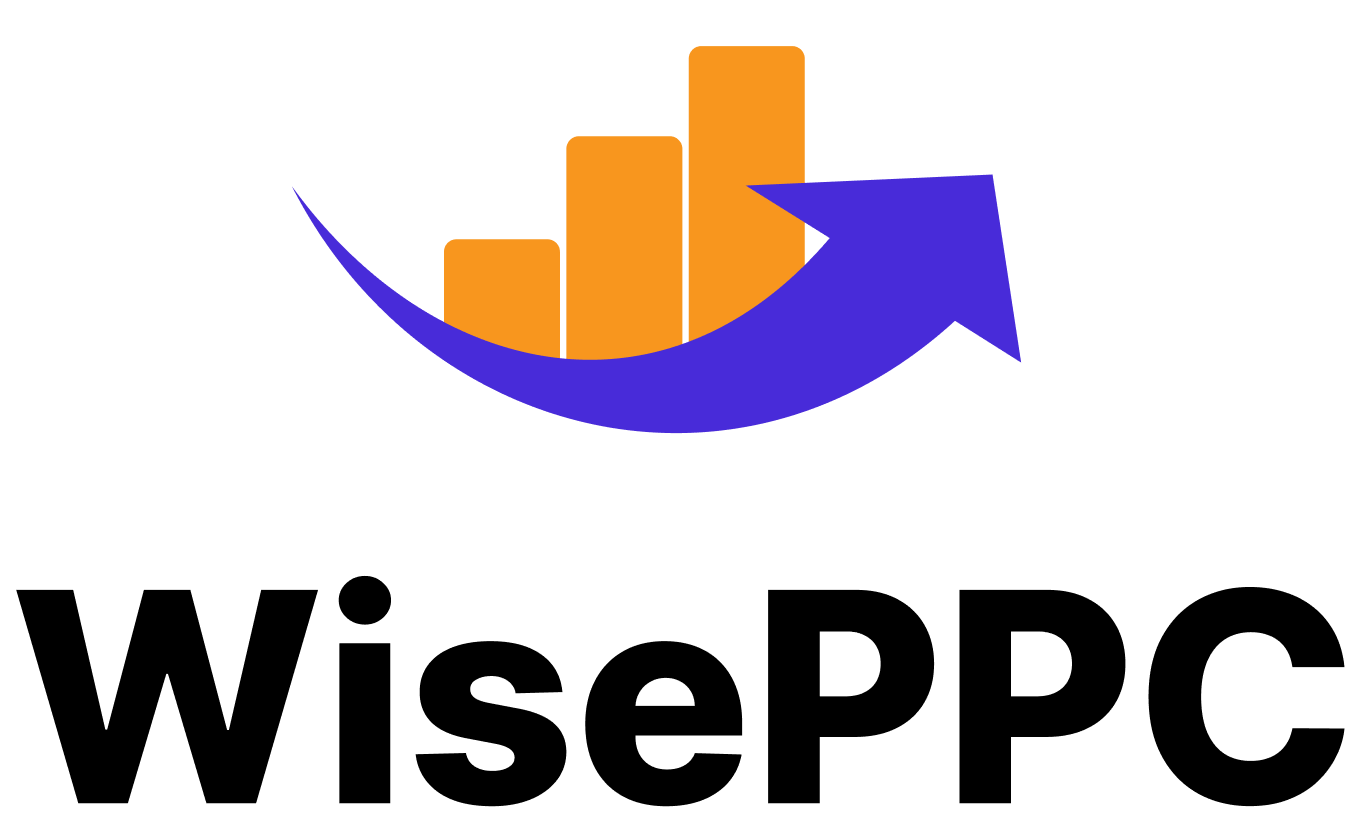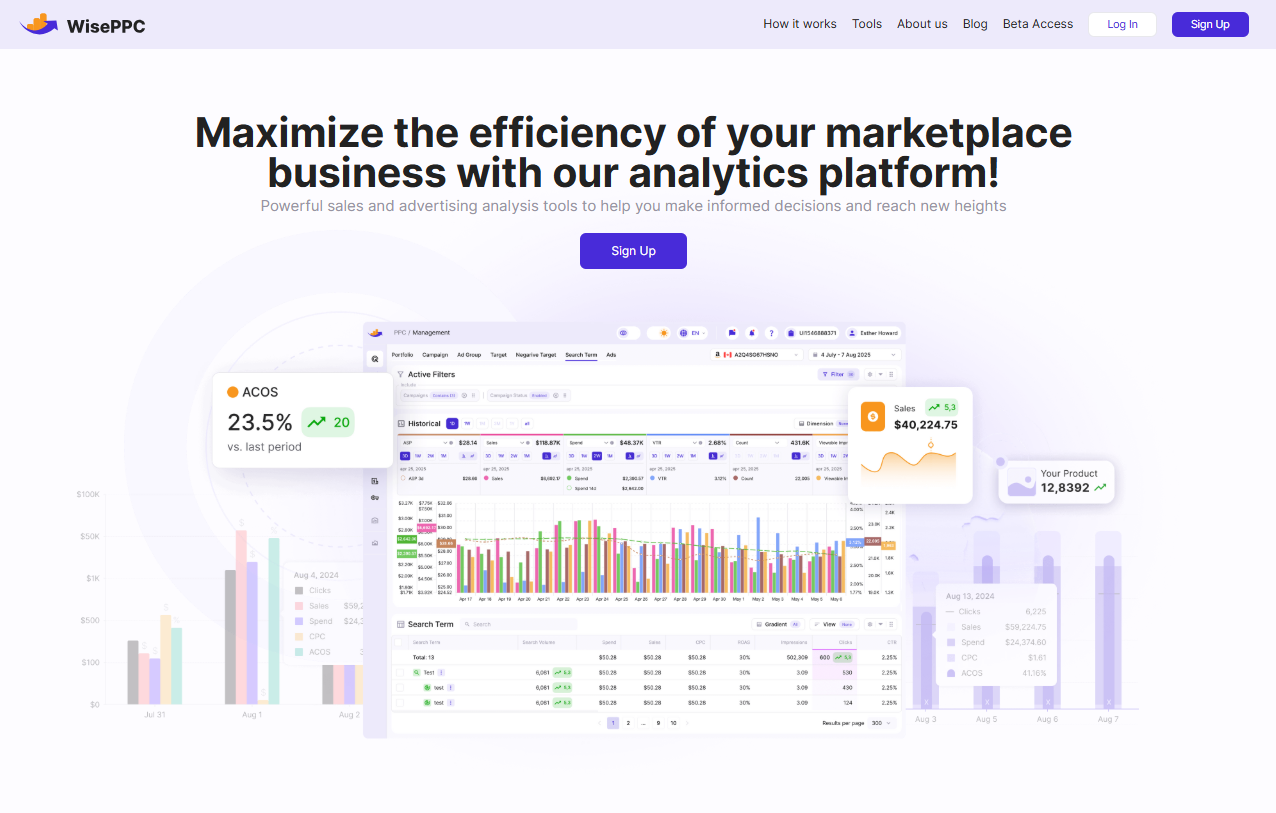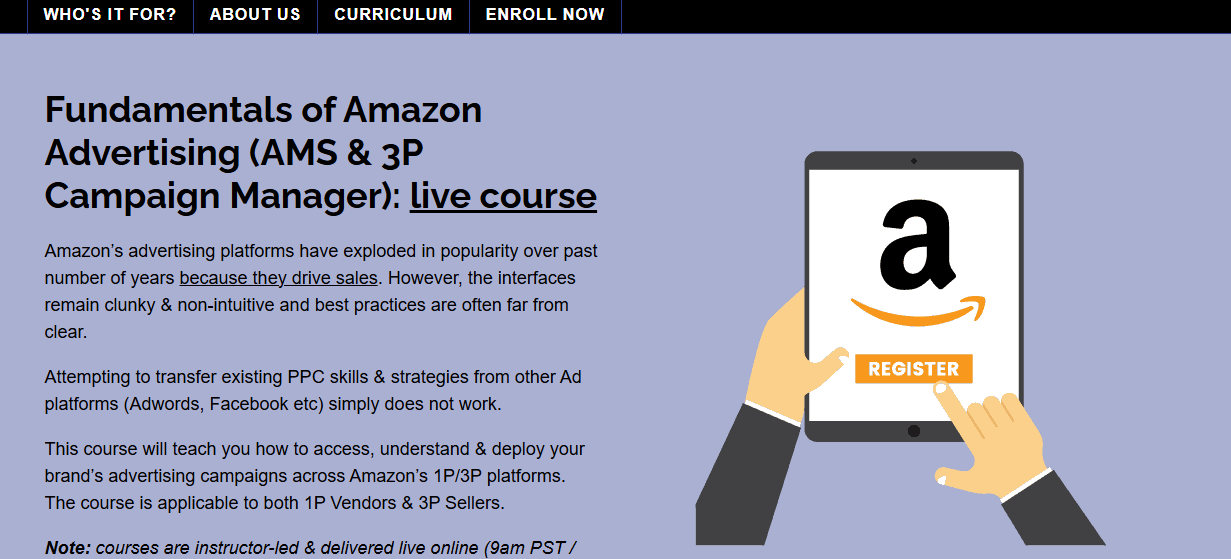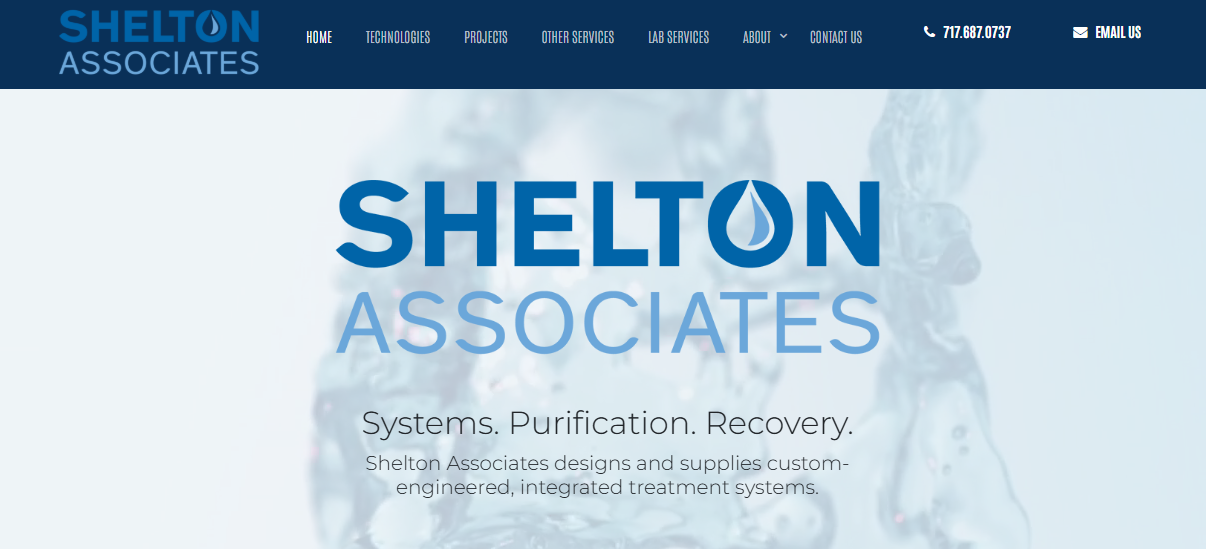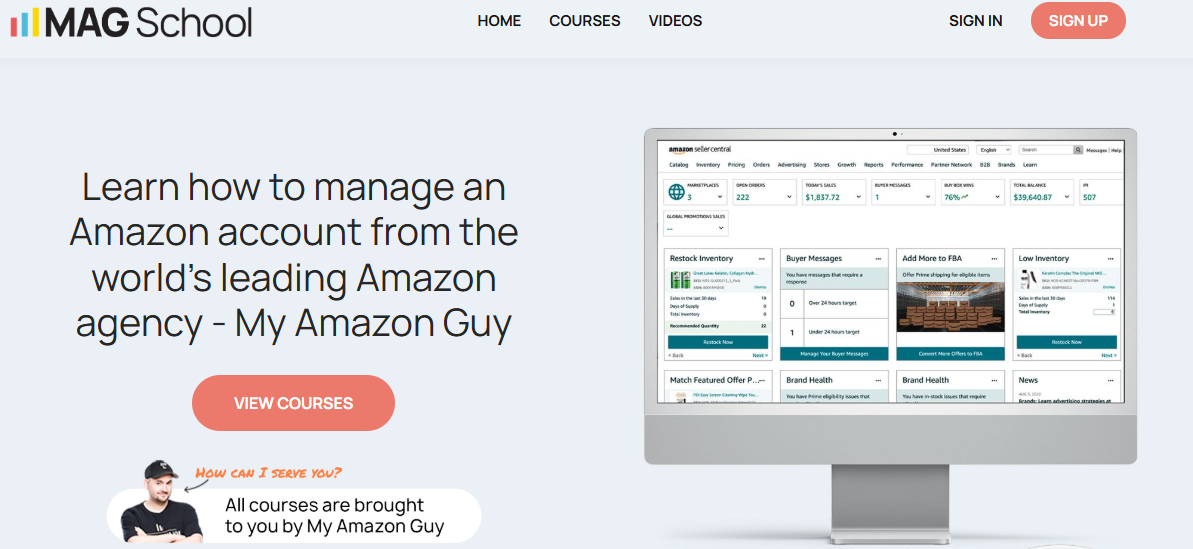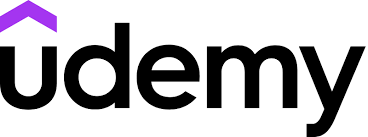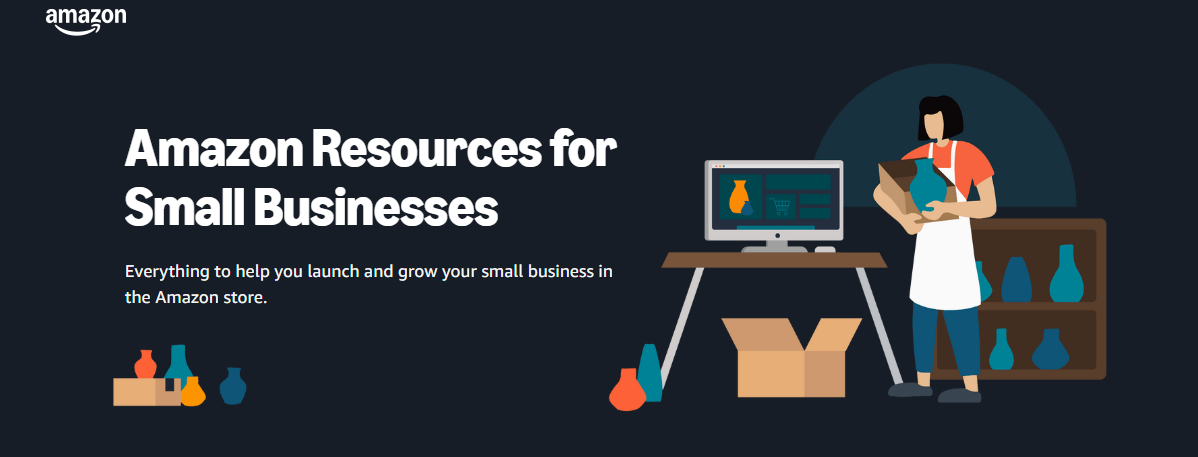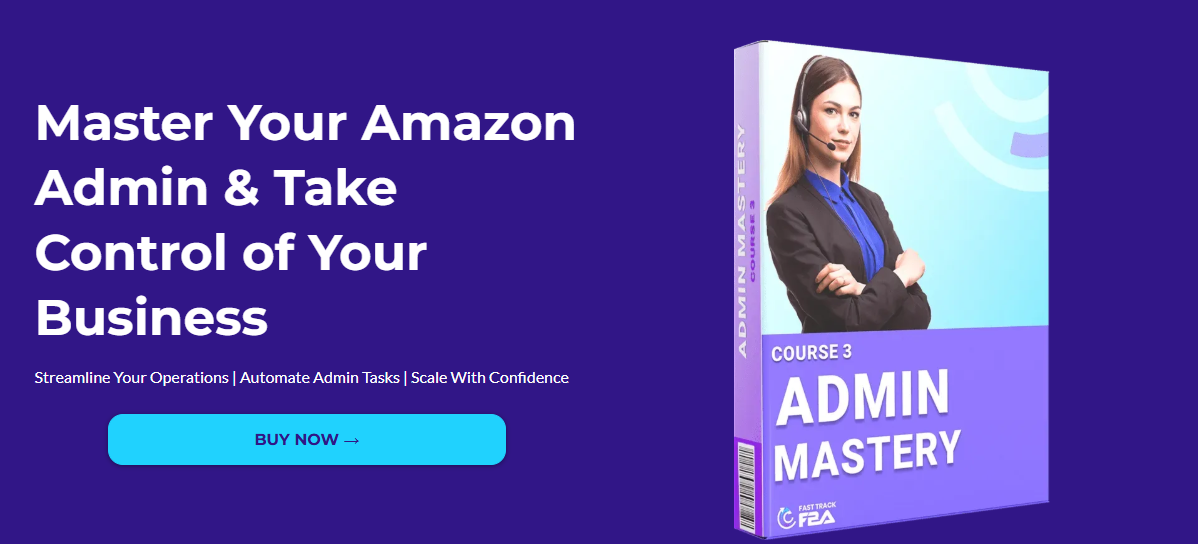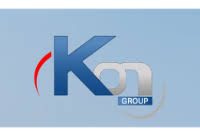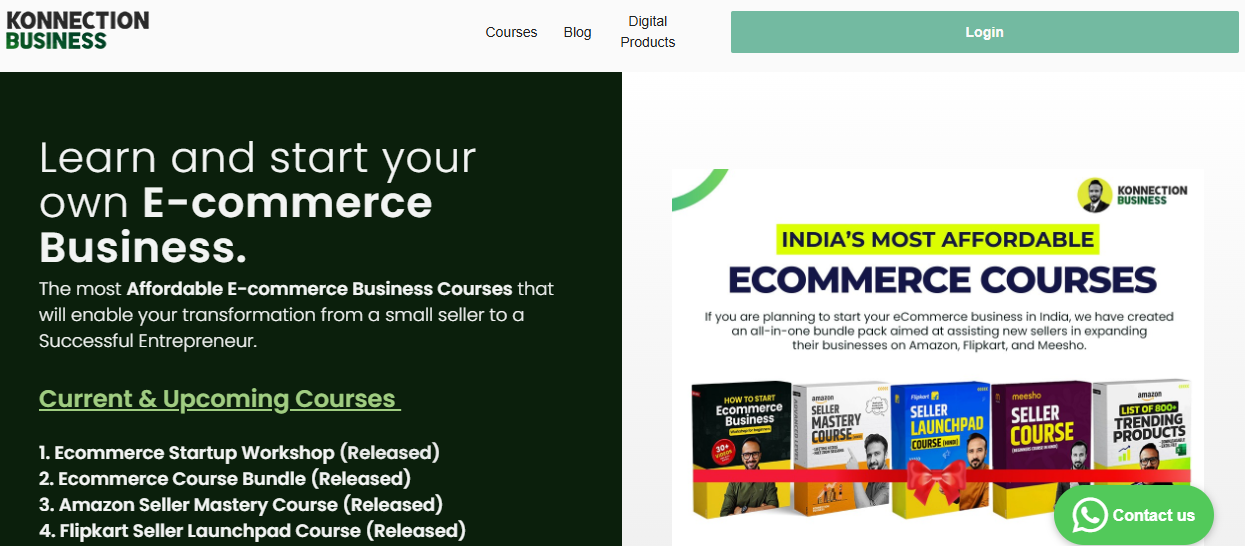Best Amazon Selling Courses to Learn Real Skills in 2025
If you’ve spent any time googling how to sell on Amazon, you’ve probably run into the same problem, a flood of courses, promises, and gurus. Some are worth your time. A lot aren’t. And unless you know what to look for, it’s easy to get stuck in analysis mode before you’ve even made your first sale. This list is different. We’ve pulled together Amazon selling courses that people actually use, not the ones shouting loudest on YouTube, but the ones that teach real, practical stuff. Whether you’re trying to figure out product research, get a grip on Amazon Ads, or scale a brand that’s already moving, these programs give you a clearer path forward without wasting your time on fluff.
Boosting Your Amazon Course Results with Wise PPC
If you’re diving into an Amazon selling course, chances are you’ll eventually hit the wall where theory meets reality. That’s where we come in. At WisePPC, we don’t teach how to sell – we give you the tools to actually see what’s working once you start. Whether you’re just launching your first campaign or trying to fix what’s not scaling, our platform helps you move from guessing to making decisions backed by data.
We built WisePPC to make campaign management less painful and more actionable. You get real-time analytics, smart filters, and deep reporting tools that show you exactly where your money’s going. You can track over 30 metrics, compare ad placements, and even adjust bids and budgets directly from your dashboard – no need to click around multiple screens. For sellers learning the ropes, that means less confusion and more clarity about what drives results. You don’t need to be a data expert. Just log in, connect your account, and see the story your numbers are telling you.
1. Amazowl
Amazowl offers a broad set of free training modules aimed at helping sellers navigate Amazon and Walmart marketplaces. Their training content is highly segmented, allowing users to focus on specific areas such as listing optimization, Brand Registry, ad strategies, or Vendor Central workflows. Everything is broken down into short, focused lessons, covering both the basics and some of the more operational parts of Amazon selling that often get overlooked, like chargebacks, purchase orders, or content for mobile shopping.
Instead of one long course, Amazowl structures their lessons more like a library of how-to content, which can be accessed individually. This gives sellers the flexibility to learn exactly what they need, when they need it. The tone of the materials stays practical and rooted in process rather than theory. Sellers using both Seller Central and Vendor Central will find relevant training modules. There’s even content for Walmart sellers and e-commerce beginners who need to learn basic marketplace terminology before jumping into selling.
Key Highlights:
- Over 30 standalone training topics
- Focus on real-world operational processes (POs, reimbursements, analytics)
- Lessons cover both Seller Central and Vendor Central
- Includes Walmart platform guides and basic e-commerce terms
- Entire course library is free to access
Perfect For:
- New sellers who want to learn by topic rather than a full course
- Brands using Vendor Central
- Teams managing large Amazon catalogs
- Sellers looking for SOP-style training without fluff
Contact Information:
- Website: www.amazowl.com
- Phone: 602-612-9077
2. Shelton Associates
Shelton Associates delivers a one-to-one Amazon training experience that’s structured around the seller’s own products. Their approach is hands-on and personalized, whether the training happens on-site in the UK or remotely via Zoom. The format leans more toward consultancy than a generic course, with sellers learning how to set up and optimize their own Amazon presence in just one day. The trainers walk through everything from listings and advertising to Amazon SEO and marketplace expansion.
The course isn’t designed as a fixed curriculum but is adjusted to match each participant’s goals and experience. It covers both Seller and Vendor Central, and often includes deep dives into topics like Sponsored Ads, Fulfilled by Amazon, Brand Registry, and reporting tools. The practical setup works well for business owners or teams who prefer to learn in a workshop format, with room to ask questions and tailor strategies on the spot.
Key Highlights:
- Live, 1-to-1 training tailored to your business
- Option for on-site or remote sessions
- Covers both beginner and advanced topics
- Focused on practical application, not theory
- Includes post-training email support
Perfect For:
- UK-based manufacturers or small businesses
- Teams that want personalized, workshop-style training
- Beginners who need help getting started
- Sellers expanding to Amazon marketplaces outside the UK
Contact Information:
- Website: www.sheltonassociates.co.uk
- Phone: 0114 236 7727
- Email: [email protected]
- Address: Shelton Associates, S17 Business Centre, 303 Twentywell Lane, Sheffield, S17 4QG
- LinkedIn: www.linkedin.com/company/shelton-associates
- Facebook: www.facebook.com/SheltonAssociates
- Instagram: www.instagram.com/shelton_associates
- X (Twitter): x.com/SheltonAssocia
3. MAG School
MAG School offers a structured Amazon PPC course that takes sellers from the basics to more advanced campaign strategies. The course covers terminology, campaign types, bid strategies, ACoS management, and how to use bulk operations effectively. It also gets into troubleshooting common ad issues, interpreting Amazon reports, and using data to refine campaign performance. Everything is laid out in short video segments, making it easier to follow without getting overwhelmed.
The course includes practice exercises, short quizzes, and a final certification, giving it more structure than a casual video series. A good chunk of the material is focused on reducing wasted spend and improving ROAS, with clear examples and tips that come from actual campaign experience. For sellers looking to get a grip on Amazon Ads or clean up their existing account structure, this course offers a focused starting point.
Key Highlights:
- Covers PPC campaign setup, management, and optimization
- Includes troubleshooting lessons and common ad pitfalls
- Focus on cost control and bid strategy
- Comes with quizzes and certification
- Bonus content with AMA video tips
Perfect For:
- Sellers running Sponsored Ads on Amazon
- Anyone learning PPC from scratch
- Teams managing ad budgets across multiple SKUs
- Sellers who want a clear, step-by-step framework
Contact Information:
- Website: mag-school.com
- LinkedIn: www.linkedin.com/company/my-amazon-guy
- Facebook: www.facebook.com/myamazonguys
- X (Twitter): x.com/myamazonguy
4. How to Sell on Amazon: Amazon FBA Basics for Beginners on Udemy
This free course on Udemy is aimed at absolute beginners looking to understand the basics of selling through Amazon FBA. It walks users through setting up a Seller Central account, sourcing products, using Amazon’s messaging system, and handling common admin tasks like labeling or understanding feedback vs. reviews. The lessons are short and easy to follow, making it a decent starting point for someone testing the waters or trying to figure out how Amazon FBA actually works in practice.
While the course is light on depth, it manages to cover a broad range of introductory topics, including how sellers can receive payments from different countries and get back on track if an account was previously suspended. There’s also a section explaining essential Amazon terminology and fulfillment center locations. The instructor keeps the tone conversational and encourages questions, which makes the course feel more approachable. It’s not a comprehensive blueprint, but it does a decent job preparing new sellers for what’s ahead.
Key Highlights:
- Walkthrough of Seller Central setup
- Covers common beginner questions and mistakes
- Explains key FBA terminology and product prep
- Short and accessible video format
- Includes account recovery basics
Perfect For:
- Beginners completely new to Amazon FBA
- Sellers outside the US who need help setting up accounts
- People testing Amazon selling with minimal commitment
- Those needing a low-pressure intro before diving deeper
Contact Information:
- Website: udemy.com
- Address: Udemy, Inc. Legal 600 Harrison Street, 3rd Floor San Francisco, CA 94107
- LinkedIn: www.linkedin.com/company/udemy
- Facebook: www.facebook.com/udemy
- Instagram: www.instagram.com/udemy
- X (Twitter) :x.com/udemy
5. Amazon Seller University
Amazon’s own learning platform provides a wide set of free educational resources through short articles and videos. Seller University isn’t packaged as one course but instead offers a mix of how-to content for sellers at different stages. Topics range from basic account setup and listing products to fulfillment options, branding, and expanding across global marketplaces. Some lessons are just a few minutes long, others are deeper dives into ecommerce topics like inventory control or dropshipping.
The materials are clearly written and tend to focus on operational understanding, things like how Seller Central works, how to label items for FBA, or what A+ content is supposed to do. There’s also content aimed at brand owners who want to explore the Brand Registry program and build custom storefronts. It’s not flashy, but it’s straight from the source, which gives it practical value, especially when used alongside hands-on experience with the platform.
Key Highlights:
- Official guidance directly from Amazon
- Covers both Seller Central and Brand Registry
- Includes video walkthroughs and written guides
- Accessible any time, no registration required
- Focused on real platform usage, not theory
Perfect For:
- Sellers who want to learn directly from Amazon
- Brand owners interested in using Amazon tools
- Beginners needing foundational platform knowledge
- Experienced sellers looking for updates or refreshers
Contact Information:
- Website: sell.amazon.com
- LinkedIn: www.linkedin.com/showcase/sellwithamazon
- Facebook: www.facebook.com/SellonAmazon
- Instagram: www.instagram.com/sellonamazon
- X (Twitter): x.com/Sell_on_Amazon
6. Fast Track FBA
Fast Track FBA offers a mix of short-form courses, spreadsheets, and resources based on their own internal processes and community knowledge. Most of their material leans into operational training for resellers, things like sourcing, cash flow tracking, admin tasks, and using virtual assistants efficiently. Instead of general Amazon strategy, the content focuses on giving sellers repeatable systems they can apply to daily workflows.
The tone is casual and no-nonsense, aimed at people already selling who want to clean up or scale their setup. The materials aren’t designed for total beginners, but more for sellers who already have products moving and want to stay organized or get more out of their time. There’s no long curriculum to follow, just focused tools and videos based on what’s worked for them and their network.
Key Highlights:
- Courses focused on operational systems and tools
- Includes sourcing, cash flow, and VA training
- Built from real reseller workflows
- Modular format with no long lessons
- Practical, process-based structure
Perfect For:
- Amazon resellers managing growing operations
- Sellers who want systematized workflows
- Teams using virtual assistants
- People needing tools like spreadsheets and templates
Contact Information:
- Website: fasttrackfba.com
- Email: [email protected]
- Address: Fast Track FBA LLC, 1740 Dell Range Blvd, Ste H 13-19876, Cheyenne, WY, 82009
7. Konnection Business
Konnection Business offers a range of ecommerce courses in Hindi, with a focus on helping small sellers navigate online marketplaces like Amazon, Flipkart, and Meesho. Their course structure is designed around local use cases, practical steps, and basic digital skills, all aimed at getting sellers from zero to launch with minimal technical complexity. The content is built by Tathastu Sharma, a seller-turned-trainer who brings direct experience from running his own ecommerce operations in India.
Most of the training is packaged as affordable course bundles that include recorded sessions, bonus product lists, and lifetime access. The Amazon Seller Mastery course, for instance, walks through product visibility strategies, brand building on marketplaces, and managing repeat customers. There’s also material covering website setup via WordPress, as well as basic ad training for platforms like Facebook and Google (coming soon). The style is more community-driven and simple by design, meant to be accessible to first-time entrepreneurs working in India’s marketplace ecosystem.
Key Highlights:
- Courses available in Hindi for regional accessibility
- Covers Amazon, Flipkart, Meesho, and website setup
- Lifetime access and bonus materials included
- Based on trainer’s personal ecommerce experience
- Content structured around Indian marketplace dynamics
Perfect For:
- First-time sellers launching on Indian marketplaces
- Hindi-speaking learners looking for step-by-step guidance
- Entrepreneurs needing local context and affordable pricing
- Small businesses aiming to start online with minimal setup
Contact Information:
- Website: konbusiness.com
- LinkedIn: www.linkedin.com/in/tathastu-sharma-738075244
- Facebook: www.facebook.com/konnectionbusiness
- Instagram: www.instagram.com/Konnectionbusiness
- X (Twitter): x.com/sharma_tathastu
Final Word
The truth is, there’s no single “best” Amazon course for everyone, and that’s actually a good thing. What works for a first-time seller testing the waters won’t look the same as what a seasoned brand owner needs to scale their ad spend. Some folks need a course in Hindi that walks through the basics of Meesho or Flipkart. Others want to deep-dive into PPC metrics or polish their SOPs for Vendor Central. Either way, the good news is: there are now more solid, no-nonsense resources out there than ever.
The key is knowing what stage you’re at and picking tools that match that reality, not someone else’s highlight reel. Take what’s useful, skip what’s not, and don’t be afraid to test, tweak, and learn as you go. If you’re doing the work, the skills will follow.
Join the WisePPC Beta and Get Exclusive Access Benefits
WisePPC is now in beta — and we’re inviting a limited number of early users to join. As a beta tester, you'll get free access, lifetime perks, and a chance to help shape the product — from an Amazon Ads Verified Partner you can trust.
 No credit card required
No credit card required
 Free in beta and free extra month free after release
Free in beta and free extra month free after release
 25% off for life — limited beta offer
25% off for life — limited beta offer
 Access metrics Amazon Ads won’t show you
Access metrics Amazon Ads won’t show you
 Be part of shaping the product with your feedback
Be part of shaping the product with your feedback

